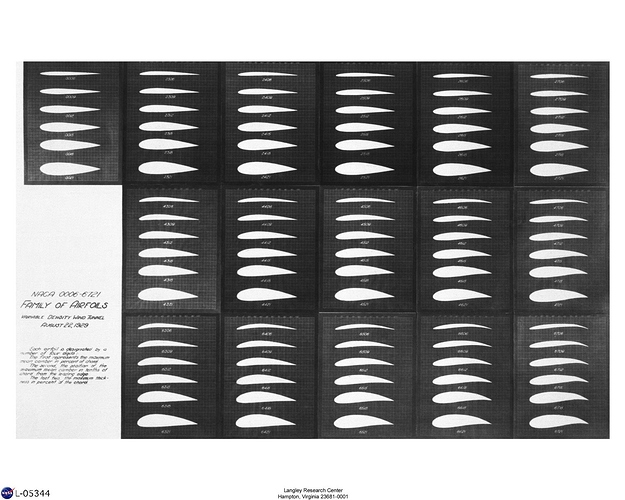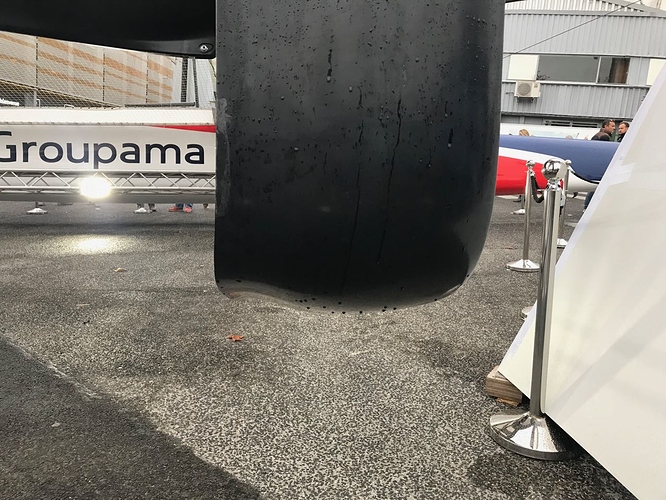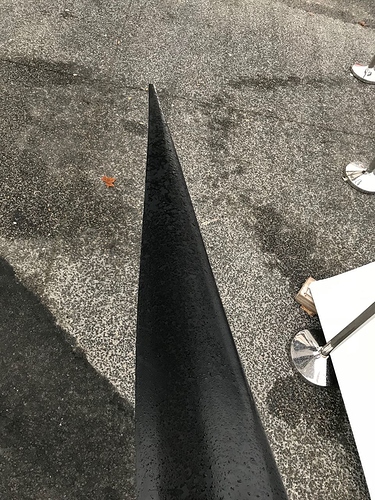This is a dicussion, I am not claiming that the following is right.
I am not convinced that E-foils should use the same wing geometry that Kiteboards, Wakeboards or Surfboards use. In those three cases, the propelling force acts high above the board. This generates a moment that wants to push the nose down into the water. Therfore, the back wing is inverted and creates downward lift. This counteracts the moment generated by the Kite, Cable or Sail. Remember, they are acting on the exactly oposite end as the motor.
On an E-foil, the propulsion happens very close to the wing, the generated moment is much smaller here and in the opposite direction. So I belive that the back wing is not optimal. I saw a low of videos where the surfer has to lean forward a lot to keep the nose down. So the surfer is acting against the back wing which can only cause drag and wasted energy. The Wings should rather be like on an airplane and going both in the same direction.
Here is an uplifiting idea:
I think we could push the e-foils development much further if we could create the optimal wing first. An open source design would be amazing, so people could compare their results. Unfortunatley, I don´t know much about flow analysis. What are your thoughts?




